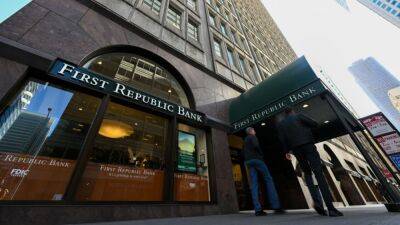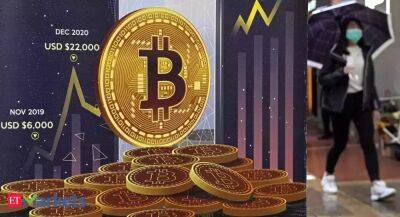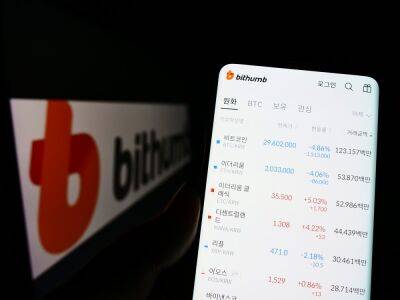Silicon Valley Bank said it was too small to need regulation. Now it’s ‘too big to fail’
S ilicon Valley Bank was supposedly the type of institution that would never need a government bailout – right until its backers spent three days on social media demanding one, and then promptly receiving it, after the bank’s spectacular collapse last week.
Eight years ago, when the bank’s CEO, Greg Becker, personally pressed Congress to exempt SVB from post-2008 financial reform rules, he cited its “low risk profile” and role supporting “job-creating companies in the innovation economy”. Those companies include crypto outfits and venture capital firms typically opposed to the kind of government intervention they benefited from on Sunday, when regulators moved to guarantee SVB customers immediate access to their largely uninsured deposits.
Fifteen years after the global financial crisis, the logic of “too big to fail” still prevails. The financial hardship of student debtors and underwater homeowners is a private problem – but losses sustained by titans of tech and finance are a matter of urgent public interest. Moral hazard for thee, but not for me.
What’s more, SVB’s meteoric rise and fall serves as a reminder that many of the guardrails erected after the last crisis have since been dismantled – at the behest of banks like SVB, and with the help of lawmakers from both parties beholden to entrenched finance and tech lobbies.
Before becoming the second-largest bank to fail in US history, SVB had transformed itself into a formidable influence machine – both in northern California, where it became the go-to lender for startups, and on Capitol Hill, where it spent close to a million dollars in a five-year period lobbying for the deregulatory policies that ultimately created the conditions for its downfall.
“There are many ways
Read more on theguardian.com
















